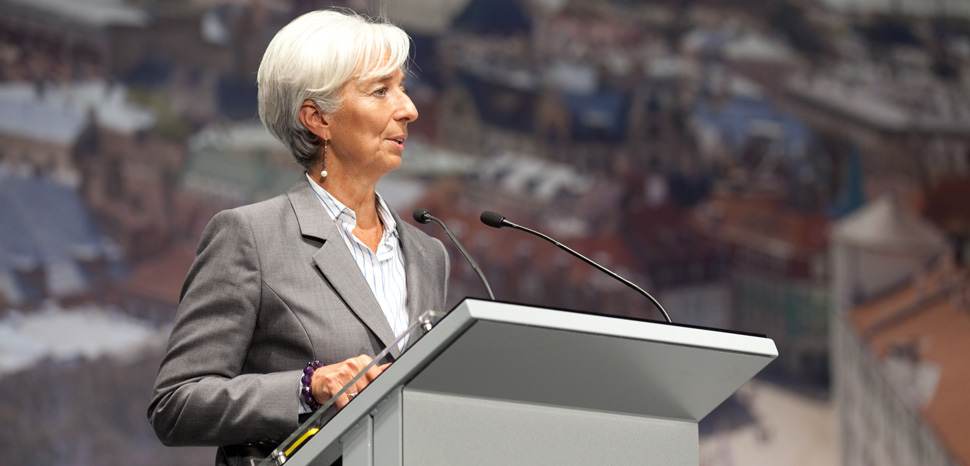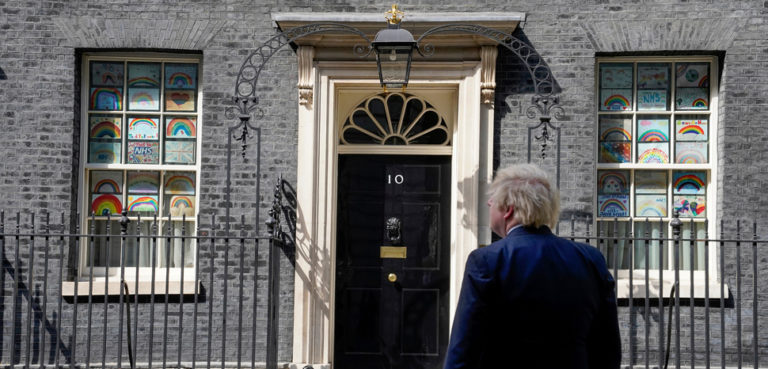Summary
ECB officials are navigating a perfect storm of tepid growth, sagging consumer prices, and an emptied policy toolbox. The combination is not entirely unfamiliar to economists – it characterized Japan’s ‘lost decade’ of the 1990s, when the bursting of a real estate asset bubble ushered in years of economic stagnation.
Can (un)conventional monetary policy help the euro zone avoid the same fate?




